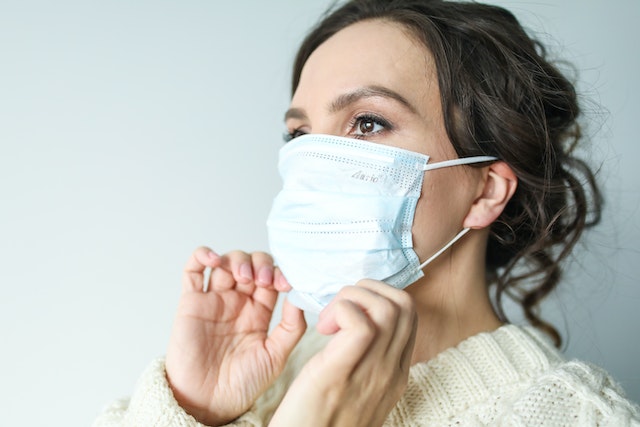Introduction: As wildfires continue to pose a threat in various regions, the resulting smoke can have detrimental effects on air quality and personal health. Wearing a mask can be a crucial step in protecting yourself from the harmful pollutants present in wildfire smoke. In this article, we will explore how wearing a mask can help you breathe easier and minimize the risks associated with wildfire smoke exposure.
Understanding Wildfire Smoke: Wildfire smoke consists of fine particles, gases, and toxic substances that can be harmful when inhaled. These particles, known as PM2.5, are small enough to penetrate deep into the respiratory system, leading to respiratory issues, exacerbation of existing conditions, and other health concerns. Protecting yourself from these particles is crucial for maintaining respiratory health during wildfire events.
Types of Masks:
- N95 Respirators: N95 respirators are specifically designed to filter out airborne particles, including PM2.5. These masks have a high filtration efficiency, blocking at least 95% of particles. N95 respirators fit tightly around the nose and mouth, creating a seal that helps prevent the entry of smoke particles into the respiratory system. When worn properly, N95 respirators offer effective protection against wildfire smoke.
- P100 Respirators: P100 respirators provide even higher levels of filtration than N95 masks. They can filter out 99.97% of particles, including PM2.5, offering greater protection against wildfire smoke. P100 respirators are also designed to create a secure seal, ensuring minimal leakage and maximum filtration efficiency.
Effectiveness of Masks: Wearing a mask, particularly an N95 or P100 respirator, can significantly reduce your exposure to harmful particles in wildfire smoke. These masks act as a barrier, filtering out the majority of PM2.5 particles and preventing them from entering your respiratory system. By reducing your inhalation of smoke pollutants, masks help protect your lungs and overall health.
Proper Mask Usage: To ensure the effectiveness of masks in protecting against wildfire smoke, it is crucial to follow these guidelines:
- Choose the Right Mask: Select an N95 or P100 respirator that is certified by reputable organizations such as the National Institute for Occupational Safety and Health (NIOSH).
- Proper Fit: Make sure the mask fits snugly over your nose, mouth, and chin, without gaps. Follow the manufacturer’s instructions for a proper fit and seal.
- Seal Check: Perform a seal check by covering the mask with your hands and exhaling gently. If air leaks around the edges, readjust the mask to achieve a better seal.
- Limit Exposure: While masks offer protection, it is advisable to limit your exposure to wildfire smoke as much as possible. Stay indoors, close windows and doors, and use air purifiers to further improve indoor air quality.
- Follow Local Health Guidelines: Stay updated on local health advisories and recommendations regarding mask usage, evacuation procedures, and general safety precautions during wildfire events.
Conclusion: Wearing a mask, particularly an N95 or P100 respirator, can significantly reduce your exposure to harmful particles present in wildfire smoke. These masks act as a protective barrier, filtering out the majority of fine particles and reducing the risks associated with inhalation of smoke pollutants. However, it’s important to remember that masks should be used in conjunction with other safety measures, such as staying indoors and following local health guidelines. Prioritize your respiratory health during wildfire events by wearing an appropriate mask and taking necessary precautions to breathe easier and protect yourself from the impacts of wildfire smoke.











